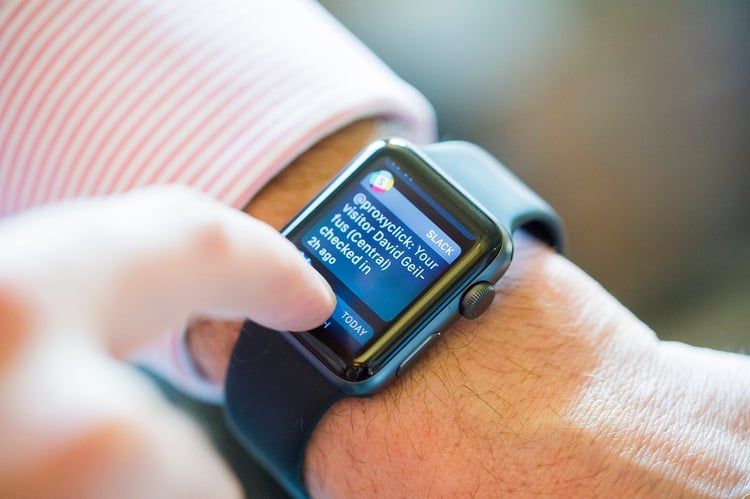In this day and age, it is nearly impossible to conduct face-to-face business all the time - especially with the growing importance of remote work. Instead, communication nowadays depends upon efficient workplace communication technologies.
Many of us continue to work in office environments where workplace communication via email still remains the king, but there are several other workplace shifts that are responsible for driving evolution in workplace communication that includes the growth of remote workplace in the current era.
Due to this phenomenon, the requirement for communication tools that suits the exemplary work styles of individuals on the go is increasing.

From smartphone applications to wearables, organizations are recognizing the significance of offering solutions, which will allow the employees to work at any time and from any place, versus awaiting employees to adjust their working habits in order to fit heritage technologies.
There are dozens of ways in which corporate communication is changing - continue reading to find out exactly how.
The corporate technological shift
Given all the manners in which our workplace culture is evolving, it’s no surprise that employees are experiencing a major shift in the way they think about productivity tools. With email still being considered the primary means of communication for most people, this has opened the door for people to send more than just justified correspondence. Promotional emails, newsletters, and of course, spam, are seemingly becoming more prevalent than actual warranted emails.
However, email is no doubt getting smarter, with apps such as Boomerang, calendar invites, and app integrations. A new wave of workplace communication tools are providing a fresh way to function, and expanding into workplaces across the globe.

Slack, Facebook Workplace, and the newly released Microsoft Teams are all examples of how messenger platforms designed specifically for the workplace are replacing some functions of email, and helping us work faster and more efficiently from anywhere in the world.
This creates a single and streamlined space where workers can observe who is online and handle their office-related conversations across smart devices on the go.
Other business communications tools changing the workplace include:
Cloud computing – This allows employees to maintain communications with the company and retrieve and send information from remote locations.

Video conferencing – Video conferencing allows participants to attend virtual meetings with colleagues and clients via a video link on their tablets or smart phones.
Customer AI – This is new technology being developed right now, which will allow businesses to communicate directly with customers via their websites using embedded audio and video applications.

The implications for business
As well as making business communications faster and more efficient, the development of these new communication tools and applications has also changed the way we do business in a number of areas.

Mobility – Mobile communications that allow employees to access the office from anywhere has led to many businesses becoming more mobile. The head office with massive overheads has become less necessary, and downsizing and workspace sharing are becoming a more cost-efficient option.
Remote workforce – New communication tools also allow more employees to work from home, which saves businesses money through not having to house employees in an office and also improves employees’ work/life balance. This in turn improves productivity.

Agile models – Perhaps of the most interesting, and unexpected outcomes of these new tools is that hierarchical management models are being replaced by more agile, borderless roles. Because ideas can be shared across the office and the C-suite is simply a message away, there's a chance for a free flow of information instead of a hierarchy.
Titles may still exist, but people feel more comfortable expressing themselves, which, undoubtedly, helps companies grow.
A productive future
The latest generation of purpose-built, instinctive, and secure solutions for team communications is flourishing.

In order to match the pace of evolution, companies should embrace specialized applications, which breakthrough all the chaos to make employees work more productive and efficiently than ever before - and also increase employee satisfaction.
A shift towards non-hierarchical organized environments and remote work is overall positive for productivity.
How does communication look like at your workplace?